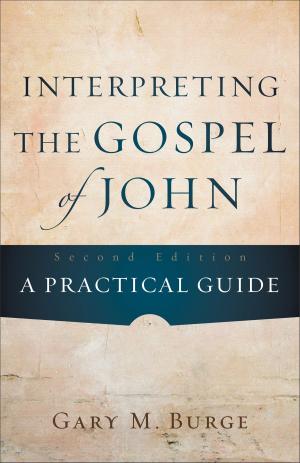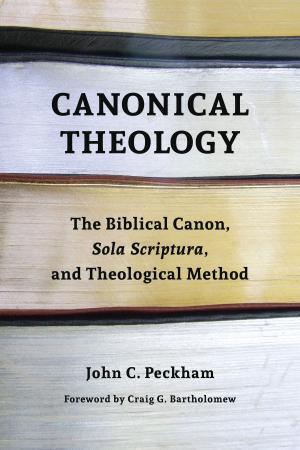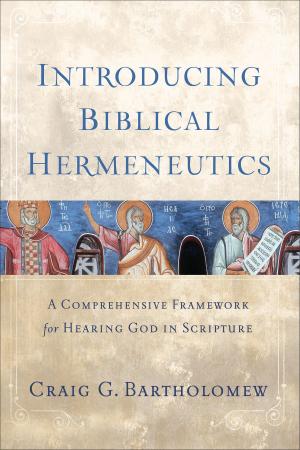Bible Translation Basics
Communicating Scripture in a Relevant Way
Nonfiction, Reference & Language, Language Arts, Translating & Interpreting, Religion & Spirituality, Bible & Bible Studies, Hermeneutics| Author: | Harriet Hill, Ernst-August Gutt, Christoph Unger, Margaret Hill, Rick Floyd | ISBN: | 9781556712937 |
| Publisher: | SIL International | Publication: | January 13, 2012 |
| Imprint: | SIL International | Language: | English |
| Author: | Harriet Hill, Ernst-August Gutt, Christoph Unger, Margaret Hill, Rick Floyd |
| ISBN: | 9781556712937 |
| Publisher: | SIL International |
| Publication: | January 13, 2012 |
| Imprint: | SIL International |
| Language: | English |
Over the past thirty years, scholars have made significant advances in understanding how human communication functions. They have moved from looking for meaning in texts alone to seeing texts as providing clues that lead hearers to discover the speaker’s intended meaning. Hearers use other inputs as well—things they already know, information from the speech environment—as they search to understand not only what the words of the text say but also what the speaker is communicating. All this has significant implications for Bible translation. Bible Translation Basics accomplishes two things: 1) it expresses these theoretical developments in communication at a basic level in non-technical language, and 2) it applies these developments to the task of Bible translation in very practical ways. Tried and tested around the world, people with a secondary school education or higher are able to understand how communication works and apply those insights to communicating Scripture to their audiences. Bible Translation Basics helps translators work with language communities to determine the kind of Scripture product(s) that are most relevant for them, given their abilities and preferences.
Over the past thirty years, scholars have made significant advances in understanding how human communication functions. They have moved from looking for meaning in texts alone to seeing texts as providing clues that lead hearers to discover the speaker’s intended meaning. Hearers use other inputs as well—things they already know, information from the speech environment—as they search to understand not only what the words of the text say but also what the speaker is communicating. All this has significant implications for Bible translation. Bible Translation Basics accomplishes two things: 1) it expresses these theoretical developments in communication at a basic level in non-technical language, and 2) it applies these developments to the task of Bible translation in very practical ways. Tried and tested around the world, people with a secondary school education or higher are able to understand how communication works and apply those insights to communicating Scripture to their audiences. Bible Translation Basics helps translators work with language communities to determine the kind of Scripture product(s) that are most relevant for them, given their abilities and preferences.















